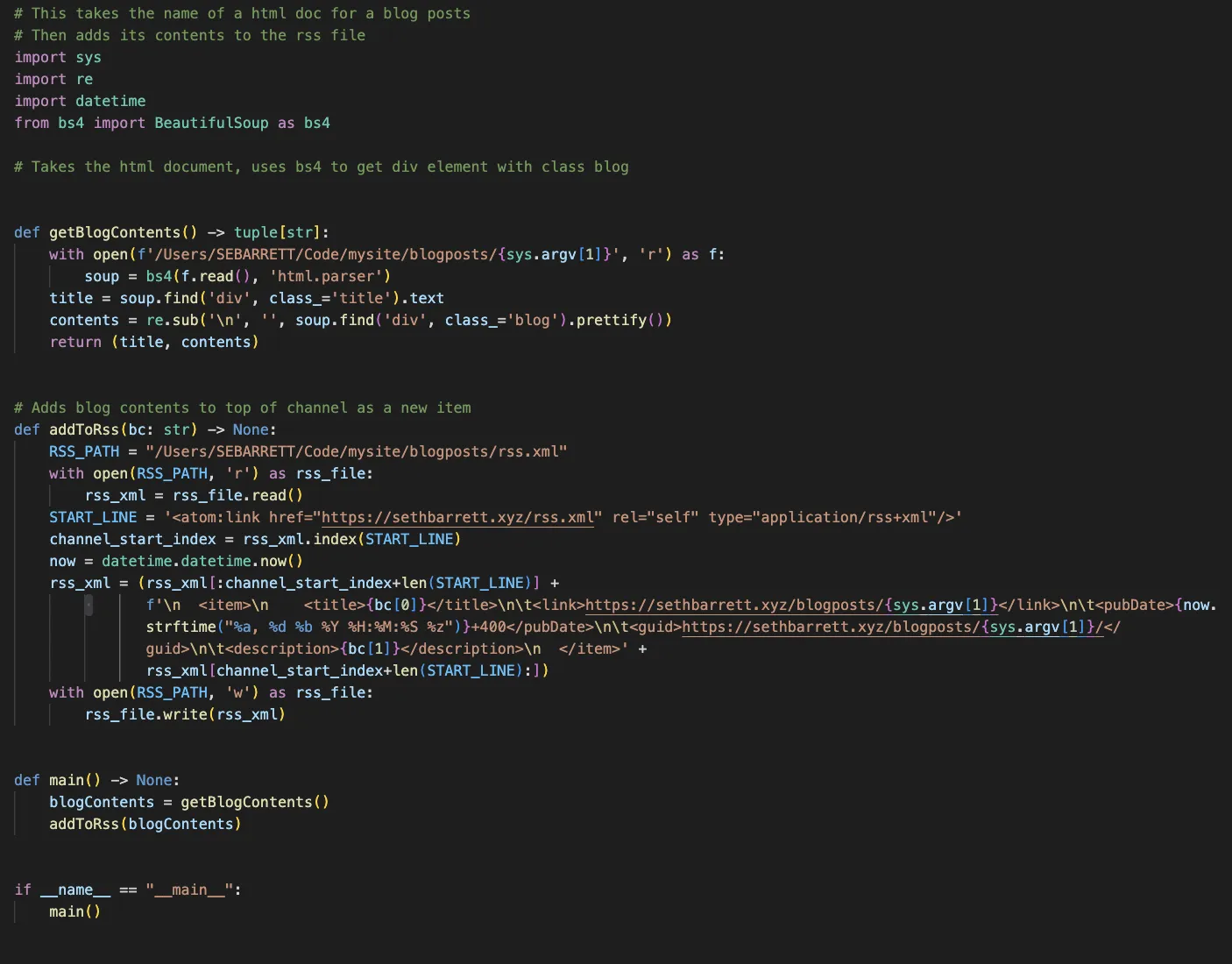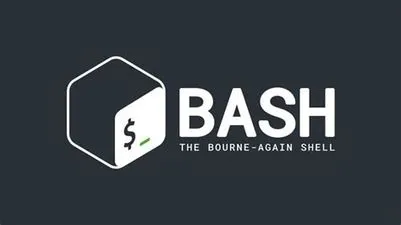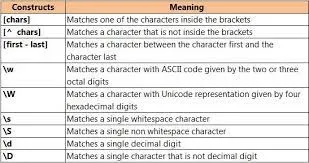The Grind
September 18th, 2025
In this post, I cover day 2 of AoC24 using Julia. Its starting to get more difficult, which is great for my practice!
September 10th, 2025
In this post, I cover my practice with Julia working through the Advent of Code 2024 problems. I discuss my experience with the language, the challenges I faced, and how I overcame them. If you're interested in learning Julia or want to see how I approached these problems, this post is for you.

April 20th, 2025
In this post, I explain the "hacks" I've made to my Kobo Clara 2E. I address issues I've found in my usage of the device. If you read academic research papers, own a Kobo device or want to see how to deploy moc to an ARMv7 device, this is the post for you. I've had a blast making these small changes to my device, and hope you can benefit from hearing about my experiences.

April 1st, 2025
Overview of blog refresh, with the hopes of improving the quality of posts hereforth.

Jan 5th, 2023
In this blog post, I discuss the steps taken to improve the security of an nginx webserver. This includes fixing vulnerabilities related to GDPR compliance, PCI DSS compliance, HTTP headers security, and Content Security Policy. By taking these steps, I was able to better protect my website and its users against potential threats and improve its overall security. This post is a helpful resource for website owners looking to improve the security of their own websites.

Jan 4th, 2023
This blog post discusses how to automate the process of updating an RSS feed for a blog or website using shell and Python scripts. The post describes how the RSS feed was set up and the process of creating a shell script that calls a Python script to extract the title and contents of a new blog post and insert it into the RSS feed as a new item element. The post also mentions plans to have the script automatically detect when a new blog post has been added and run the update automatically in the future. The URL for the RSS feed is also provided.

Jan 3rd, 2023
In this blog post, I share my experience setting up and using Diffusion Bee, an AI image creating software that runs entirely locally on my MacBook Pro. I go through the setup process and the different modes of use, including text to image, image to image, in-painting, out-painting, and upscaling. If you're interested in using stable diffusion and have a MacBook that meets the minimum specs, I highly recommend checking out Diffusion Bee!

Jan 2nd, 2023
In this blog post, I'll be sharing how I use the website RegEx101 to help me generate regular expressions. From supporting multiple programming languages to offering a quick reference guide and the ability to test your regular expressions against a test string, RegEx101 has become an invaluable resource for me in both my programming and system administration work. If you're looking to improve your skills with regular expressions, I highly recommend giving RegEx101 a try.

Jan 1st, 2023
In this post, I'm sharing my plans for my personal blog and server in the new year. From writing a blog post every day to creating individual web pages for each post and improving the sourcing and organization of my content, I'm committed to making my blog the best it can be in 2023. I'll also be working on fixing and perfecting my email server and sharing more of my research through blog posts. Join me on this journey as I continue to share my thoughts and experiences with all of you.

December 31st, 2022
In this blog post, I discuss a variety of steps and techniques that can be taken to improve the security of a server. From adding a new user and disabling root login, to using a firewall and hiding the version number of Nginx, these tips can help to reduce the risk of unauthorized access and protect against potential vulnerabilities. Whether you are a server administrator or just looking to improve the security of your own personal server, this post offers valuable insights and guidance.

December 30th, 2022
In this blog post, I discuss how to automate the process of updating your website using a shell script. I go over the steps for setting up SSH keys for your server and creating a shell script that can commit and push updates to your website's repository, log in to the server, and pull the updates. I also provide an example of the shell script in action. Finally, I introduce the concept of cronjobs and how they can be used to further automate the maintenance and management of your website.

December 29th, 2022
In this blog post, learn the steps for setting up a website, including renting a domain name, choosing a server hosting provider, and configuring the server with Nginx. I also cover the use of Certbot for secure communication and setting up a cronjob for certificate renewal. Whether you're a beginner or a pro, these steps can help you get your website up and running smoothly.

December 28th, 2022
Learn how to use C# regular expression language for searching and finding specific patterns within data, including Android permission usage and Java encryption and security package imports. This blog post also covers the importance of compiling regular expressions for efficiency and the benefits of using C# in research and professional endeavors.

December 27th, 2022
Get an update on my PhD research project using machine learning to detect vault apps in the Aptoide 3rd party Android app store. The project involves scraping and collecting data from app sites, downloading and decompiling apk files, and using regular expressions to search for permissions data and imported packages. The goal is to create software to help law enforcement locate and determine how information is stored in hidden vault apps. The project is progressing well and I am excited to see the results of the machine learning program once it is trained on collected data.

December 26th, 2022
A reflection on seven months of research in digital forensics, machine learning, and cyber security at Augusta University. I have had the opportunity to work with brilliant minds, contribute my own ideas, and see tangible results from my work. I am currently working on three research projects, starting my PhD classes, learning about website and mail server setup, and expanding mu knowledge of programming languages. I am excited for the future and committed to continuing my learning journey and staying up-to-date on the latest technologies and approaches.